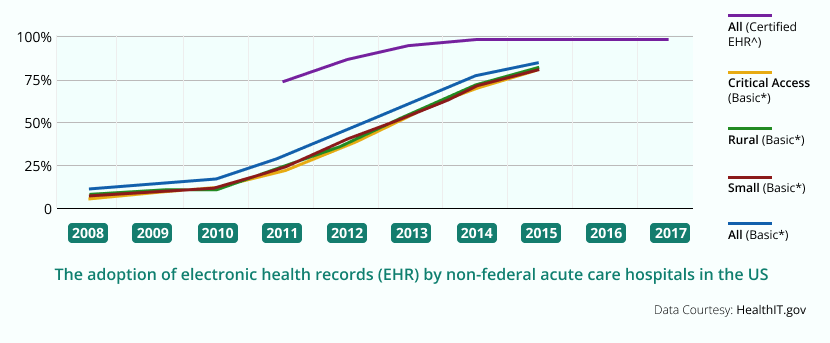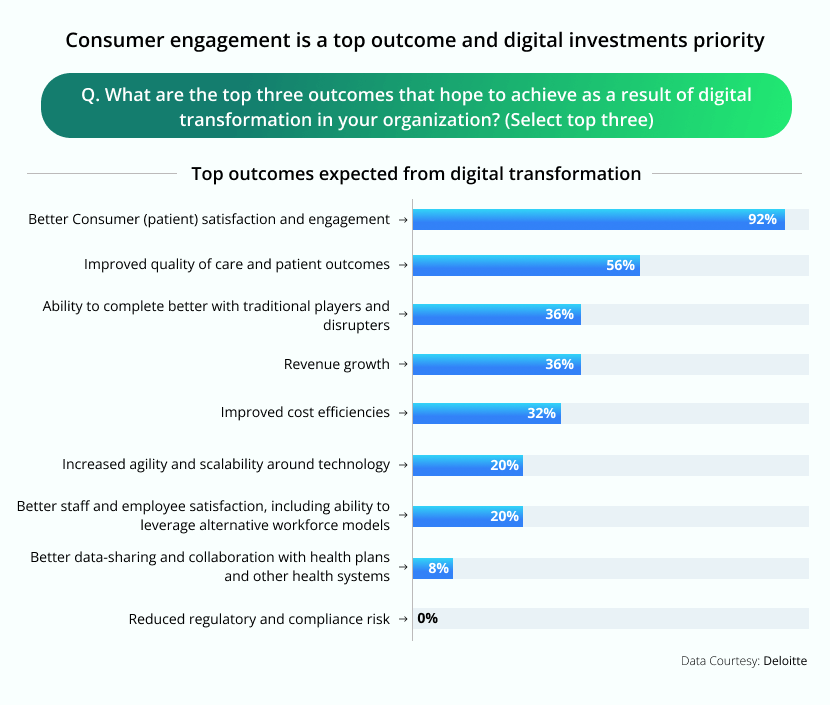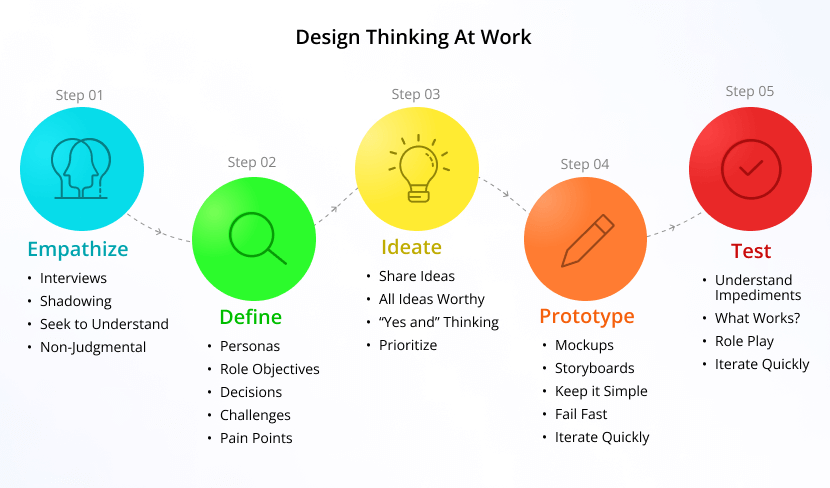The paradigm of Customer Centricity has shaken up several industries, forcing businesses and technologists to adapt. The healthcare industry is not immune to these changes. The global pandemic and shifting consumer behavior forced many industries to put themselves in the users’ shoes and visualize pain points in the user journey. The whole reimagination of processes, systems and software kept the ‘user’ in mind.
Even almost a decade before the pandemic, observers had already announced that we were decidedly entering the ‘Age of the Customer’ — an Age in which the customer is better informed and values simplicity and ease of doing business.
This Age followed a time called the ‘Age of Information’ (from 1990 to 2010), when exponentially growing information and knowledge was available to the public — enabled by growing access to the internet.
Today, as the healthcare landscape rapidly evolves, there is a higher-than-ever demand for innovative and user-centric solutions. Empowered patients are now active participants in their healthcare journey. Therefore, healthcare organizations need to embrace design thinking principles to develop products that address their needs more effectively.
Design Thinking in Healthcare – Marrying Technology with Customer Centricity
Healthcare IT boom in the US market
Healthcare IT in the US witnessed a remarkable boom in the last decade. The adoption of electronic health records (EHR) by non-federal acute care hospitals increased from 9.4% in 2008 to 96.9% in 2017. This increase in IT adoption was further deepened by the pandemic. Particularly, there was an increase in the adoption of telehealth. A McKinsey report shows that telehealth utilization in the US surged from 11% in 2019 to 46% in 2020.
Further, a Deloitte survey of technology executives of health systems throws up interesting findings. 92% of respondents reported that achieving better customer satisfaction and engagement are the key outcomes of healthcare digital transformation efforts at their organization.
This was followed by improved care quality at 56%. The emphasis on better customer engagement is also visible in the areas of investment. When asked to identify the functional areas of digital transformation in which their organizations are investing the most, 88% of respondents said, “Patient Experience/Engagement.”
Design Thinking + Healthcare IT = Patient Delight
Design Thinking is an iterative approach to problem-solving that focusses on understanding the user, their needs, pain points, problems, before brainstorming on a solution. It is a human-centered approach that uses empathy and curiosity, uncovers insights and utilizes them while building solutions. Healthcare systems today need to be adaptive to both patients and providers. Therefore, technologists need to consider the human context in which patients and providers will interact with the system. Often, the gap between a great idea and its implementation on the ground is a failure to consider the users’ actual contexts in which they use the system.
Design Thinking in Healthcare: HealthAsyst’s Experience with Two Real-World Examples
Example 1: Solving Non-adherence of device usage time by patients and lack of access to data
The HealthAsyst client in this example is a Fortune 100 company that operates in the advanced wound care space. The customer had recently developed a Negative Pressures Wound Therapy device to provide remote wound care for chronic patients after hospital discharge.
However, the implementation encountered two significant challenges —non-adherence to prescribed hours of device usage by patients and lack of access to device usage data. To overcome these hurdles, the team employed design thinking principles to arrive at a solution.
To address the issue, we first sought to understand the reasons behind non-compliance by patients. We conducted interviews with patients to understand their context better. The team took the results of these interviews back to the drawing board and incorporated them into processes and systems to address issues.
In parallel, the team worked to make device usage data accessible. Insights drawn from the data were translated into actions to be taken and shared with Virtual Therapy Specialists.
On top of these activities, we built a real-time notification feature enabling therapists to track and follow up with patients to rectify non-adherence. As a result of our interventions, the customer saw increased adherence through more than 30,000 engagement calls made to patients and clinicians. Further, there was increased wound volume reduction from 1.42% to 2.23%
Example 2: Using Design Thinking Principles to Improve ICU Patient Data Integration
The HealthAsyst client in this example is a leading medical practice in the US. Access to comprehensive patient data is a key determinant of the success of clinical decision support. This is especially true of the Intensive Care Unit (ICU) environment in which patient care generates massive amounts of data. In this case, the data was from various bedside monitors to which an ICU patient is connected. When data sources are multiple and originate from different vendors and software, it is a formidable challenge to integrate, aggregate and analyze this data.
To tackle the complex problem of ICU data integration and presentation, HealthAsyst employed design thinking principles throughout the development process. The team took a human-centered approach and focused on understanding the needs of caregivers and the challenges faced in accessing and interpreting patient data.
Our team of knowledgeable analysts worked closely with clinicians and caregivers, conducted interviews, observed workflows, and gained deep insights into the practical challenges. The team identified the main challenges — fragmented patient data, lack of a user-friendly interface, and the requirement for compatibility with diverse devices
Subsequent brainstorming generated innovative ideas to address identified challenges. The team explored potential solutions like device interfacing technology, custom UI dashboarding, data format conversion and third party-device integration. These ideas were then prototyped and tested in collaboration with clinicals, caregivers and medical vendors.
HealthAsyst simulated ICU scenarios, evaluated data integrity, and ensured compatibility with various devices. Through testing the feedback cycles, the solution was refined further to meet the specific needs of end users.
Finally, the solution increased mobility for the caregiver—from centralized office to wireless tablets. The client reported a 4% decrease in patient mortality rate and an average reduction of 2.2 days in the length of stay by the end of a year of the implementation.
The HealthAsyst Advantage: Where Domain Knowledge Meets Tech Expertise
At HealthAsyst, we leverage 24+ years of healthcare experience and product development expertise to help clients focus on their core business, while we take care of software services.
We count among our clients leading Independent Software Vendors, Medical Clearing Houses, Payment Solution Providers and Medical Device Manufacturers. Owing to our strong command over the regulatory landscape in the US and unique vantage point as a healthcare IT provider, our value proposition remains distinct.
To explore how HealthAsyst could assist your business, please feel free to reach out to itservices@healthasyst.com




